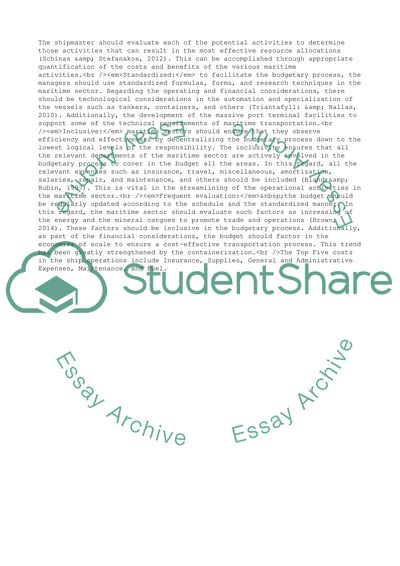Cite this document
(Maritime Business and Management Issues Coursework Example | Topics and Well Written Essays - 2250 words, n.d.)
Maritime Business and Management Issues Coursework Example | Topics and Well Written Essays - 2250 words. https://studentshare.org/management/1868292-maritime-business-and-management
Maritime Business and Management Issues Coursework Example | Topics and Well Written Essays - 2250 words. https://studentshare.org/management/1868292-maritime-business-and-management
(Maritime Business and Management Issues Coursework Example | Topics and Well Written Essays - 2250 Words)
Maritime Business and Management Issues Coursework Example | Topics and Well Written Essays - 2250 Words. https://studentshare.org/management/1868292-maritime-business-and-management.
Maritime Business and Management Issues Coursework Example | Topics and Well Written Essays - 2250 Words. https://studentshare.org/management/1868292-maritime-business-and-management.
“Maritime Business and Management Issues Coursework Example | Topics and Well Written Essays - 2250 Words”. https://studentshare.org/management/1868292-maritime-business-and-management.


